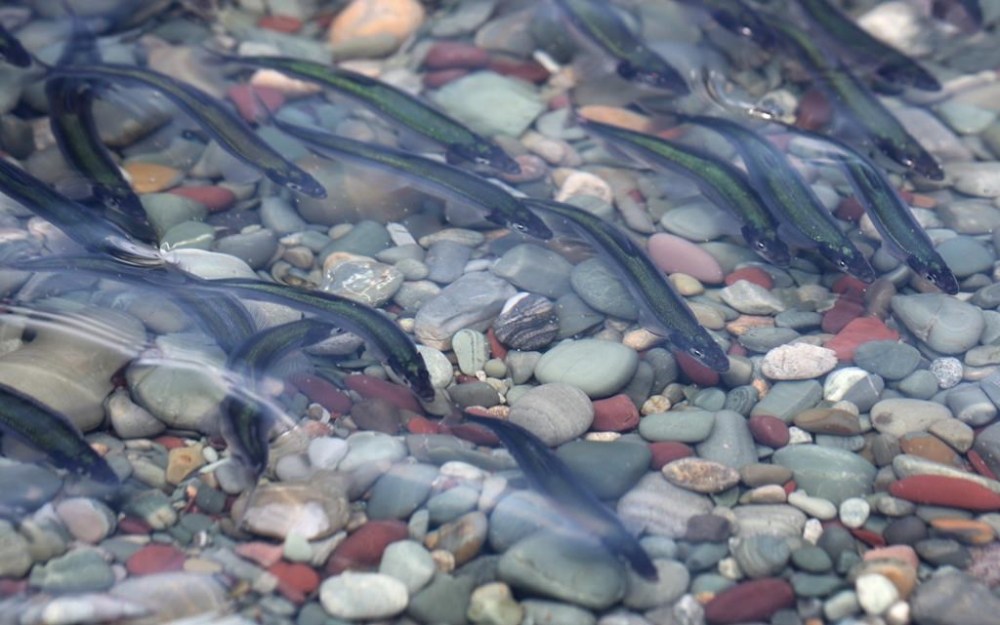Newfoundland capelin out of ‘critical zone,’ but not because there are more fish
Advertisement
Read this article for free:
or
Already have an account? Log in here »
To continue reading, please subscribe:
Monthly Digital Subscription
$0 for the first 4 weeks*
- Enjoy unlimited reading on winnipegfreepress.com
- Read the E-Edition, our digital replica newspaper
- Access News Break, our award-winning app
- Play interactive puzzles
*No charge for 4 weeks then price increases to the regular rate of $19.00 plus GST every four weeks. Offer available to new and qualified returning subscribers only. Cancel any time.
Monthly Digital Subscription
$4.75/week*
- Enjoy unlimited reading on winnipegfreepress.com
- Read the E-Edition, our digital replica newspaper
- Access News Break, our award-winning app
- Play interactive puzzles
*Billed as $19 plus GST every four weeks. Cancel any time.
To continue reading, please subscribe:
Add Free Press access to your Brandon Sun subscription for only an additional
$1 for the first 4 weeks*
*Your next subscription payment will increase by $1.00 and you will be charged $16.99 plus GST for four weeks. After four weeks, your payment will increase to $23.99 plus GST every four weeks.
Read unlimited articles for free today:
or
Already have an account? Log in here »
Hey there, time traveller!
This article was published 13/03/2024 (611 days ago), so information in it may no longer be current.
ST. JOHN’S, N.L. – Scientists say they no longer consider the capelin off Newfoundland’s east coast to be in the critical zone, but it’s not because there are more fish.
Federal Fisheries Department scientists say they’ve adjusted the benchmark for the critical zone designation, which is used for fish stocks struggling to recover.
The adjustment follows a similar decision last year to adjust the critical zone benchmark for the region’s cod stocks.

The shimmery sardine-sized pelagic fish are an important food source for cod, and scientists say the coinciding adjustments reflect cod’s dependence on capelin.
Materials provided at a briefing today say scientists expect this year’s capelin biomass to be no higher than last year’s.
The capelin stock still faces significant challenges, including late spawning, early maturation and a population dominated by younger fish.
This report by The Canadian Press was first published March 13, 2024.

